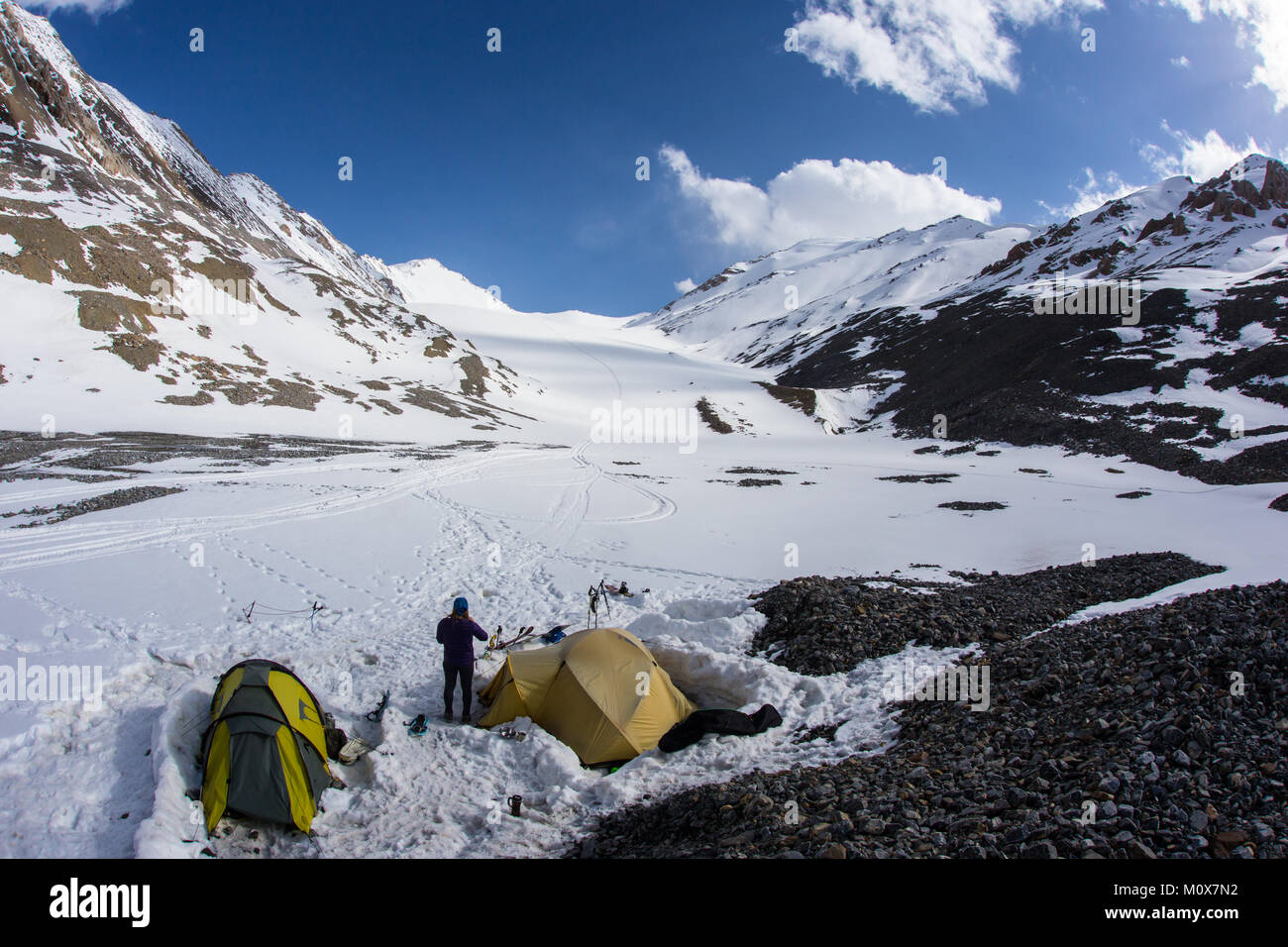
Outside of these months, the long summer day where the sun barely sets and the lights cannot be seen. The prime season in Alaska is mid-September to late April. state for seeing the northern lights is Alaska. Where Can you See the Northern Lights in the US?Īs their name suggests, the further north you are in the United States the more likely you are to see the Northern Lights. In the Southern Hemisphere, they are known as Aurora Australis or Southern Lights. In the Northern Hemisphere, the aurora is known as the Aurora Borealis or Northern Lights. The bands are hundreds of miles wide that roughly overlap the Arctic and Antarctic Circles. There are two aurora bands centered around Earth’s magnetic poles. The aurora appears to dance across the sky because of the shifting combinations of these magnetic and electrical forces and the atmospheric currents.



Also note that aurora are usually most active after midnight, and you’ll do best if you start out by looking north. And they are elusive, which means they can also occur without any warning! We have included here some great sites that you can research in order to help you in your hunt for aurora, and please note that we love it when you share pictures of what you’ve found in the night sky you can email them to us at or message them to us through the Headlands Facebook page. This solar wind puts a pressure on Earth’s magnetic field, which is not uniform, and when we come ’round to the times of Equinox every Spring and Fall, it seems the most vulnerable part of our magnetic field is exposed to the pressure of solar wind, and an increase in aurora is the result!Īurora predictions usually come only a day or two in advance of their occurrence, so please note that it is difficult to plan ahead if you are traveling from a great distance. The Northern Lights are a spectacular phenomenon that are hard to predict, and hard to forget! Their occurrence is tied to the activity of the Sun, and the solar wind caused by the eruption of spots on the Sun’s surface. While we watched the wonder of waving color from the Headlands shoreline Labor Day weekend 2016, Jason Gillman was two miles east, catching the aurora as it draped itself beautifully over the shoulders of the Mackinac Bridge.


 0 kommentar(er)
0 kommentar(er)
